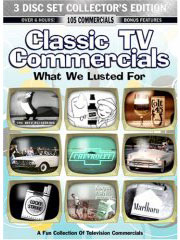
you're looking
for is right here:
Save money!
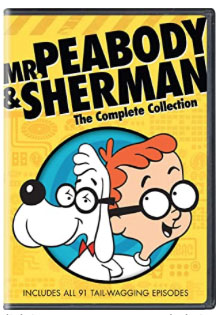
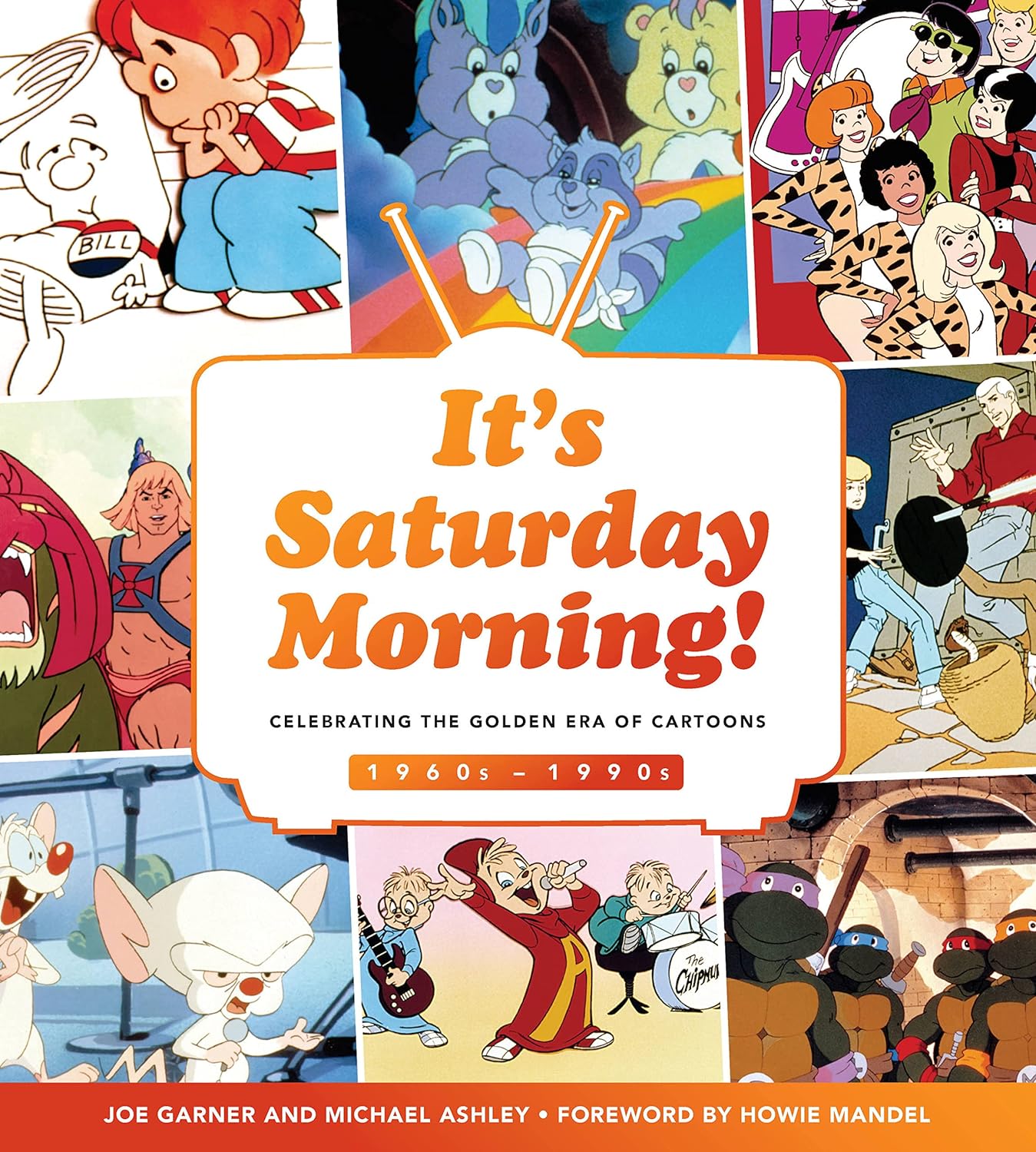
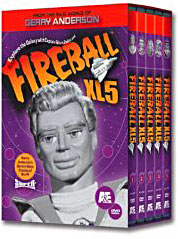
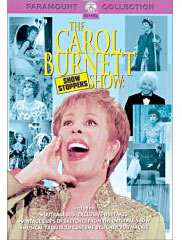
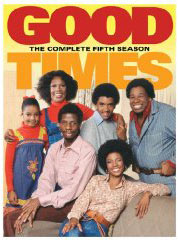
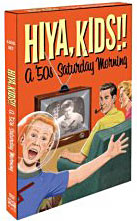
 |
Everything you're looking for is right here: Save money! |
 |
 |
 |
 |
 |
 |
Ads for Toy Guns in the 1950s & 1960s! |
Embedded videos in Real Player Format |
|
Long before technology gave us realistic games for kids that allowed for simulated predatory gun fighting electronically, America's children took to backyards and playgrounds with toy cap guns to battle it out in the neighborhood. Playing army or cowboys and indians in the dirt was how many American kids spent their playtime in decades past.
Not a problem, since all of the television cowboys and detectives had their own line of realistic-looking toy firearms for sale at the nearest dime store. And best of all - no pesky background checks! The most popular western cap gun sets of the '50s were Mattel's Fanner 50 realistic Winchester rifle, Buc'N Bronco, and the Hubley pistols.
Products with catchy names like the TommyBurst submachine gun, Remco's Monkey Division (for "jungle warfare" with two-way wrist radios), Secret Sam, and the Fan-O-matic (with Greenie Stick-M caps for ammo) burst onto the market. Johnny Seven OMA (One Man Army) by Topper was the ultimate killing machine and much sought after - with seven actions, including a grenade launcher, anti-tank weapon, anti-bunker missile, armor-piercing shell, and a detachable pistol with the rat-a-tat-tat sound. From
You Tube - secret agents were popular on TV in the mid-1960s:
The ad campaigns flashed iconographic images of kids with their weapons drawn, firing down from the hill against a catchy jingle set to the tune of "When Johnny Comes Marching Home."
Another highly effective toy campaign was for an all-purpose weapon called Zero-M from Mattel. Who wouldn't want a portable radio or camera that turns into a rapid-firing weapon? Sure comes in handy in music class.
Back then you didn't expect the electronics to actually work (and they didn't) as long as the gun fired. In the Zero-M TV commercials, a boy, portrayed by a young Kurt Russell, is summoned by a secret society hidden in his bedroom closet.
Needless to say, modern kids would never fall for a setup like that. They don't listen to adults.
During the Vietnam era, war toys like these were very popular, getting kids used to the inevitability of being drafted after they finished school. You'll notice they're popular again. Realistic toy guns were pulled off the market in the 1970s due to parent group protests and the fact that children were being tragically gunned down by police who thought they were armed with real weapons. Guns started to become very politically incorrect in the media as well, with the Vietnam War being over and us losing and all. Dads (fresh from the killing fields) were only too happy to share their knowledge of guns with their children. I mean, if you were a carpenter, wouldn't you show your kid how a hammer works? If parents today feel that their children deserve to play Army man just like they did as kids, why shouldn't they give them real automatic weapons if the toy guns are no longer available?
Was this a turning point for American kids? Considering the recent wave of misanthropic but well-armed kids shooting up the hallowed halls of our high schools, is it possible that, by taking away the realistic toy guns, we've encouraged our children to pick up the real thing for fun and games?
|
"In fact, I remember when Mattel (I think it was their master stroke) came out with an exact plastic duplicate of that ever-lovin' vietnamster weapon... the M-16!!!! You cocked it and it fired with a genuine stacatto, make believe, 5.56 NATO Commie killing burst!!!!! "Was
it called the Johnny M?"
Amazon Prime - unlimited streaming PR4 & PR5 Pages for Advertising
|
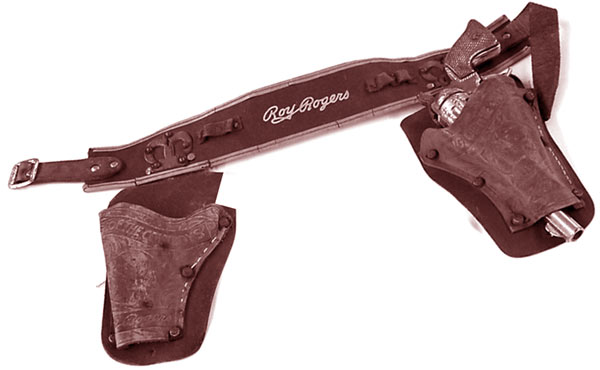
 |
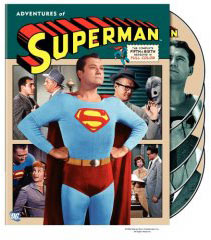 |
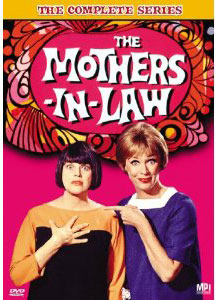 |
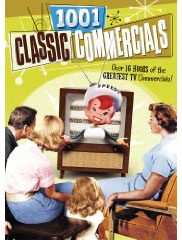 |
 |
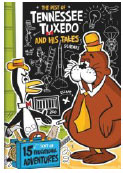 |
|
||||||||||||||
Save money! |